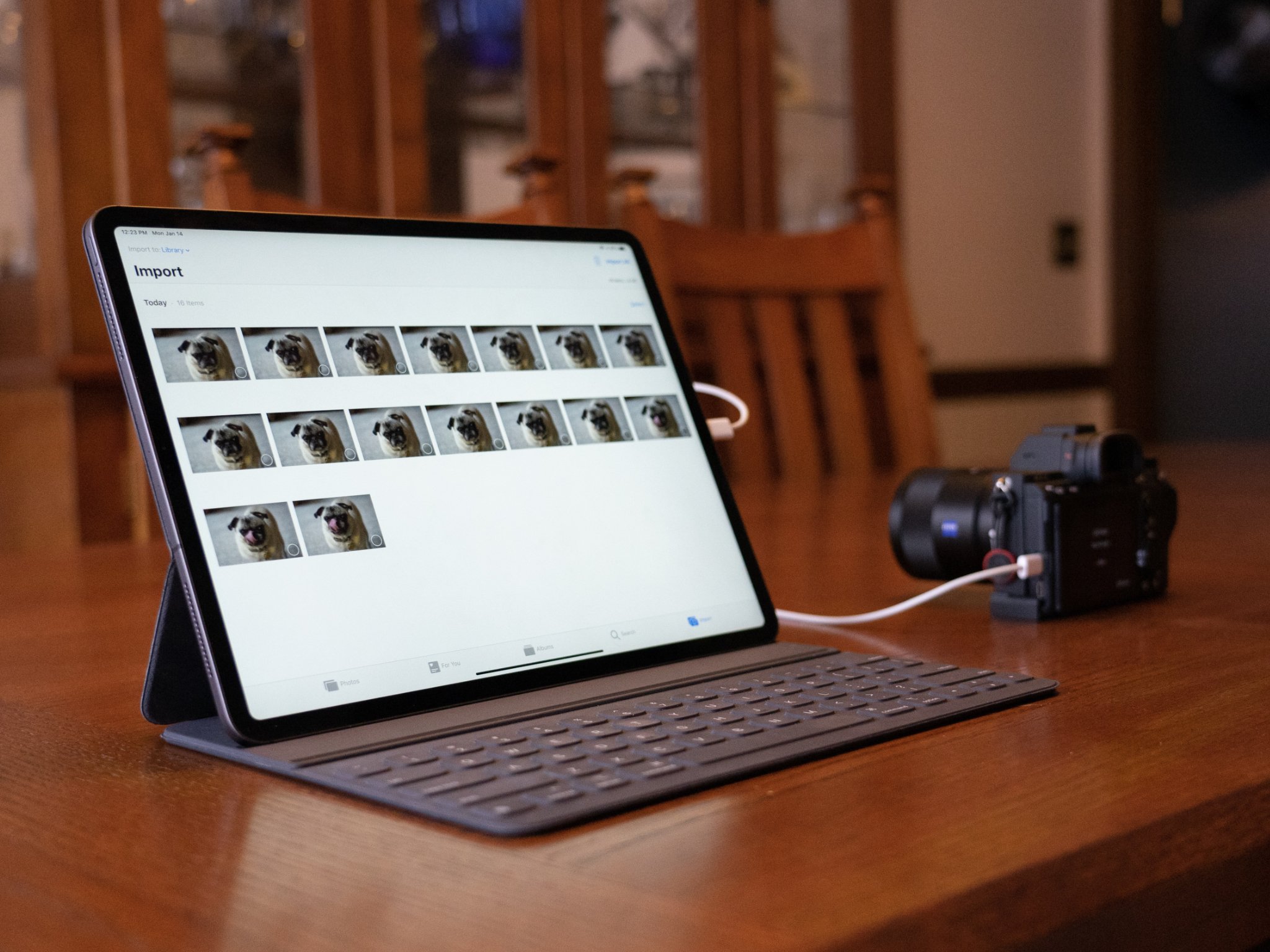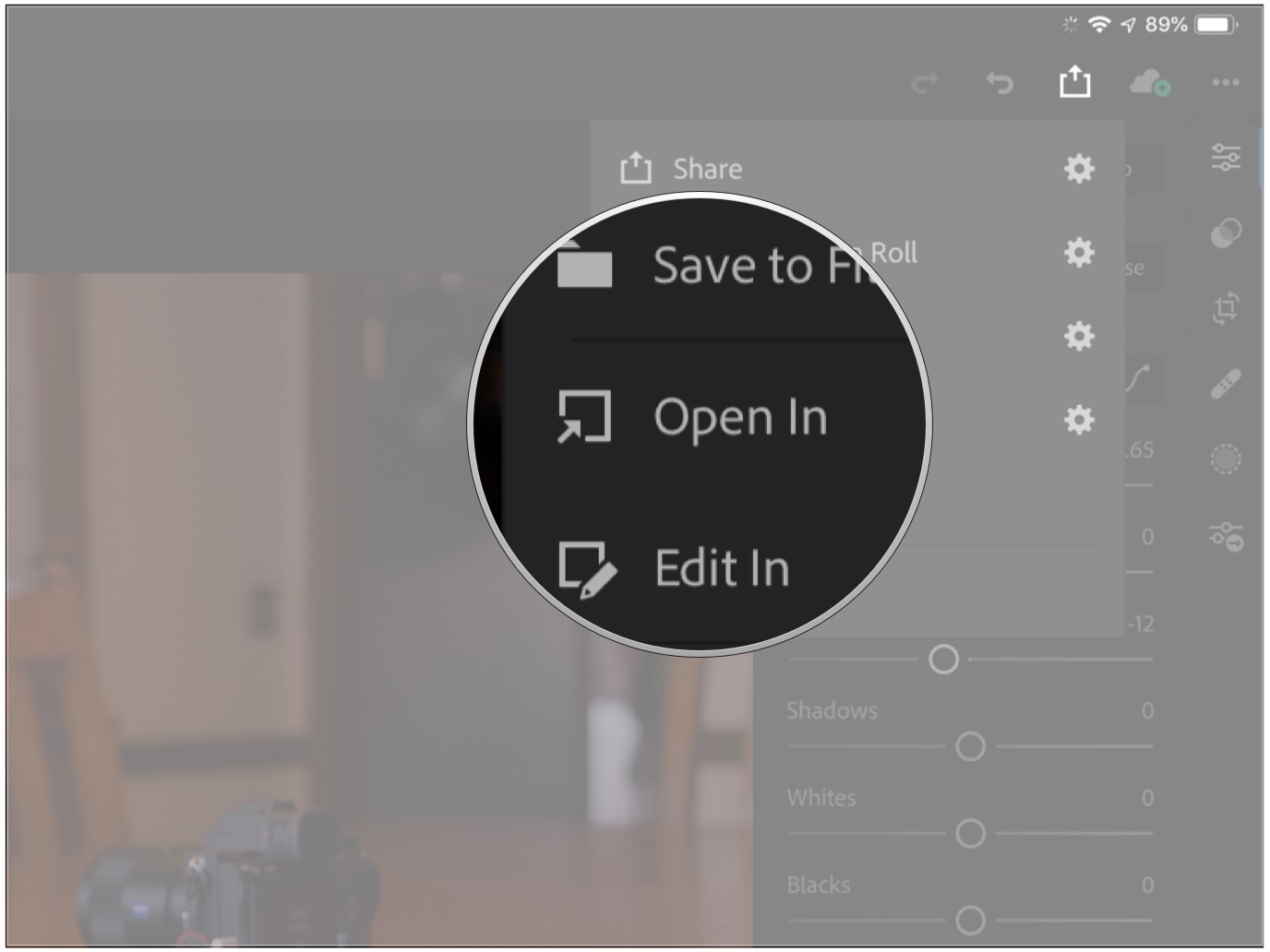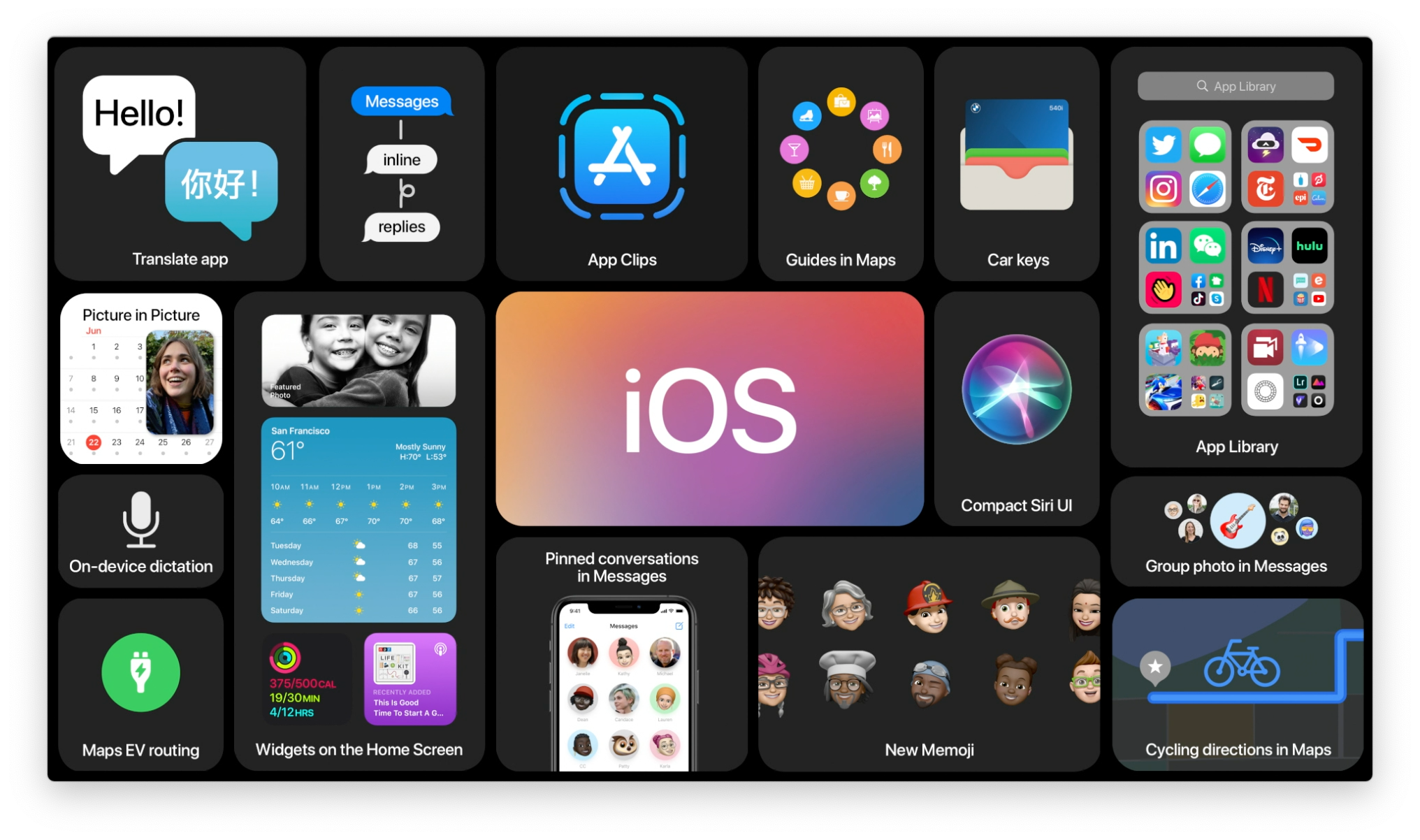How to upload and edit DSLR photos on your iPad Pro (2018)

If you love taking photos on a standalone camera, like a DSLR or mirrorless camera, rather than on your iPhone, one of the major frustration points has always been getting the photos from your camera onto a device for editing and storage. This could be particularly annoying if you're trying to do so with an iOS device like an iPad, where you've needed one of two adapters, either Apple's Lightning SD card reader or the Lightning to USB Camera Adapter.
This has changed with the arrival of Apple's latest generations of iPad Pro. The 11-inch and 12.9-inch models released in late 2018 feature a USB-C port instead of Lightning. This change allows you newfound freedom when importing your photos onto these new iPads, including the use of third-party SD card readers, as well as direct camera-to-iPad connections, sans adapter.
USB-C and adapters
Like the Mac lineup before it, the iPad Pro now uses USB-C. Among other things, USB-C gives the iPad Pro the ability to use accessories that haven't been certified by Apple. While some risks come along with this, it does give you freedom and price flexibility.
For instance, Apple's USB-C SD card reader is priced around $40, while this card reader from SanDisk, which, like Apple's, support UHS-II transfer speeds, costs about $26. Personally, I use a card reader from Anker that, while not UHS-II, still transfers photos from my SD card to my iPad reasonably quickly. That card reader costs around $14.
All three of those card readers perform the same task. The difference being that the SanDisk and Anker readers each do so at a price noticeably lower than Apple's reader, though neither of them are MFi certified.
Direct connection
One of the other consequences of moving from Lightning to USB-C is that you'll no longer need Apple's camera adapter to physically connect your camera to your iPad. While Apple made a USB-C version of the camera adapter, which basically adds a USB-A port to your iPad, it's likely that you won't need it. Instead, the only thing you'll need to attach your iPad Pro and camera is a USB-C-to-whatever-connector-your-camera-has cable.
A lot of cameras use Micro-USB for their data connections, so you'll need a Micro-USB-to-USB-C cable. But more recent cameras, including new mirrorless full-frame cameras from Canon, Nikon, and Sony, utilize USB-C, like the iPad Pro itself. What's great about this is that you don't need to buy an additional cable. If you have the camera and the iPad, you're all set, because your iPad already comes with a USB-C-to-USB-C cable, the one that connects to its charger. You can use this cable for data transfers as well as charging, so you're good to go.
Master your iPhone in minutes
iMore offers spot-on advice and guidance from our team of experts, with decades of Apple device experience to lean on. Learn more with iMore!
How to import photos from your DSLR to your iPad Pro
Once you've connected your camera or SD card to your iPad Pro, the process for importing photos is the same as it's always been.
- Connect your camera or SD card to your iPad Pro. Photos should automatically launch into the Import tab.
- Tap on the images that you want to import if you only want to import some of the images. If you want to import all of them, tap Import All right away.
- Tap Import.
- Tap Import Selected. The selected photos will be imported.

How to edit photos from your DSLR on your iPad
Even without the power of the A12X of the new iPad Pro, you still have a lot of options when it comes to editing photos on your iPad. The last couple of years has seen several apps emerge that boast powerful editing for RAW photos. No matter which iPad I'm using, my first step is always to import my photos into Lightroom CC on my iPad to make initial adjustments, profile corrections, and preset applications. From there, you can send the photo to other applications directly from Lightroom by using the Open In function in Lightroom's share menu.

Especially if you have an iPad or iPad Pro from the past few years, I'm going to recommend that you get Affinity Photo or Pixelmator Photo. Affinity Photo has all of the tools you'd expect to find in a desktop photo editor, such as layering, repair, smart object selection, all in an interface built for your iPad. It has Apple Pencil support and a full suite of exporting options. Pixelmator Photo is the other image editor I've spent a lot of time with, and while it's not as robust as Affinity Photo, it has all of the features that I need on a day-to-day basis for my work at iMore, as well as a number of machine learning-enabled features that I find useful from time to time.
As far as I'm concerned, these are the the iPadOS photo editors you should from if you want maximum functionality, though Photoshop CC for iPad, finally available from Adobe, may one day grow to get both of these a run for their money.
You can grab Lightroom CC, Pixelmator Photo, and Affinity Photo on the App Store right now.
iPadOS 13
In iPadOS 13, apps gained the ability to import photos directly from an external source, such as a hard drive or SD card, so long as developers supported it. Apps like Lightroom and Pixelmator Photo now support this feature, allowing you to add photos from your standalone camera directly to these apps without having to add them to your Photo Library first.
The previous steps for uploading photos from a DSLR or other external camera are still the best if you want to store them in your iCloud Photo Library. But if you want to import them from an external source like an SD card, then you'll need to follow steps like the ones in the following example, in which we'll use Lightroom CC to demonstrate.
How to import photos from your DSLR directly into Lightroom CC for iPad
- Connect your camera, SD card, or other drive to your 2018 iPad Pro.
- Open Lightroom on your iPad.
- Tap the Add Photos button in the bottom-right corner.
- Tap From Camera Device. Note that some apps will just have you import from an interface for the Files app.

- Tap on the photos you want to import to select them.
- Tap Import. Lightroom will then import the photos.
- Tap either Keep or Delete. Tapping keep will keep the image you imported on the external device, while Delete will erase it from the device.

How do you do it?
If you use a standalone DSLR or mirrorless camera, do you have a particular workflow that you use to import and edit your photos? Tell us about it in the comments.
Updated January 2020: Updated for iPadOS 13.
Joseph Keller is the former Editor in Chief of iMore. An Apple user for almost 20 years, he spends his time learning the ins and outs of iOS and macOS, always finding ways of getting the most out of his iPhone, iPad, Apple Watch, and Mac.


